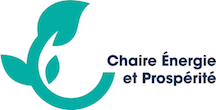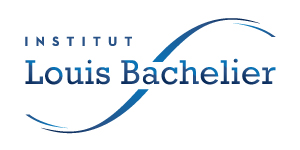Since the 1980s, the French economy experienced vastly different periods of inflation, ranging from the high inflation in the early 1980s following the oil shocks, the disinflation of the mid-1980s, the great moderation of the 1990s achieved via inflation targeting, stable inflation at around 2% following the introduction of euro until the Global Financial Crisis in late 2000s, and finally the long period of low inflation rates until COVID-19 pandemic. Inflation has taken off sharply since the start of 2022 with the supply chain difficulties related to COVID-19 recovery and the onset of the armed conflict in Ukraine. Using an empirical stock-flow consistent (SFC) model for the French economy, we simulate an imported inflationary shock to emulate the current inflation situation and analyze the resulting macroeconomic impacts on the French economy. This shock appears as a net withdrawal in favor of the rest of the world which must be undergone by domestic agents. Two possible responses are considered: increased wage per capita so as to preserve workers’ purchasing power, increased margins by firms in order to restore their profit share. Facing the risk of profit-price-wage spiral, alternative economic policy responses are evaluated. Traditional restrictive monetary policy with an increase in the interest rates does not seem well-suited to fight imported inflation as the cost is significant with limited and delayed results. Increased social transfers can help workers to support their loss of purchasing power. Reduced VAT can directly limit the inflation drift. These measures have a cost for public finances but are affordable as long as the inflation shock is temporary. However, their concrete implementation may raise difficulties.
Published in Metroeconomica (2024)
Découvrez en ligne la dernière newsletter et inscrivez vous pour recevoir la prochaine
La crise climatique est source de risques financiers désormais reconnus comme porteurs d’incertitudes multiples, et susceptibles de détériorer l’équilibre du système comme celui de ses acteurs. Ce séminaire sera l’occasion d’aborder plusieurs questions stratégiques soulevées par les risques climatiques tant pour les banques que pour les autorités de tutelle.


